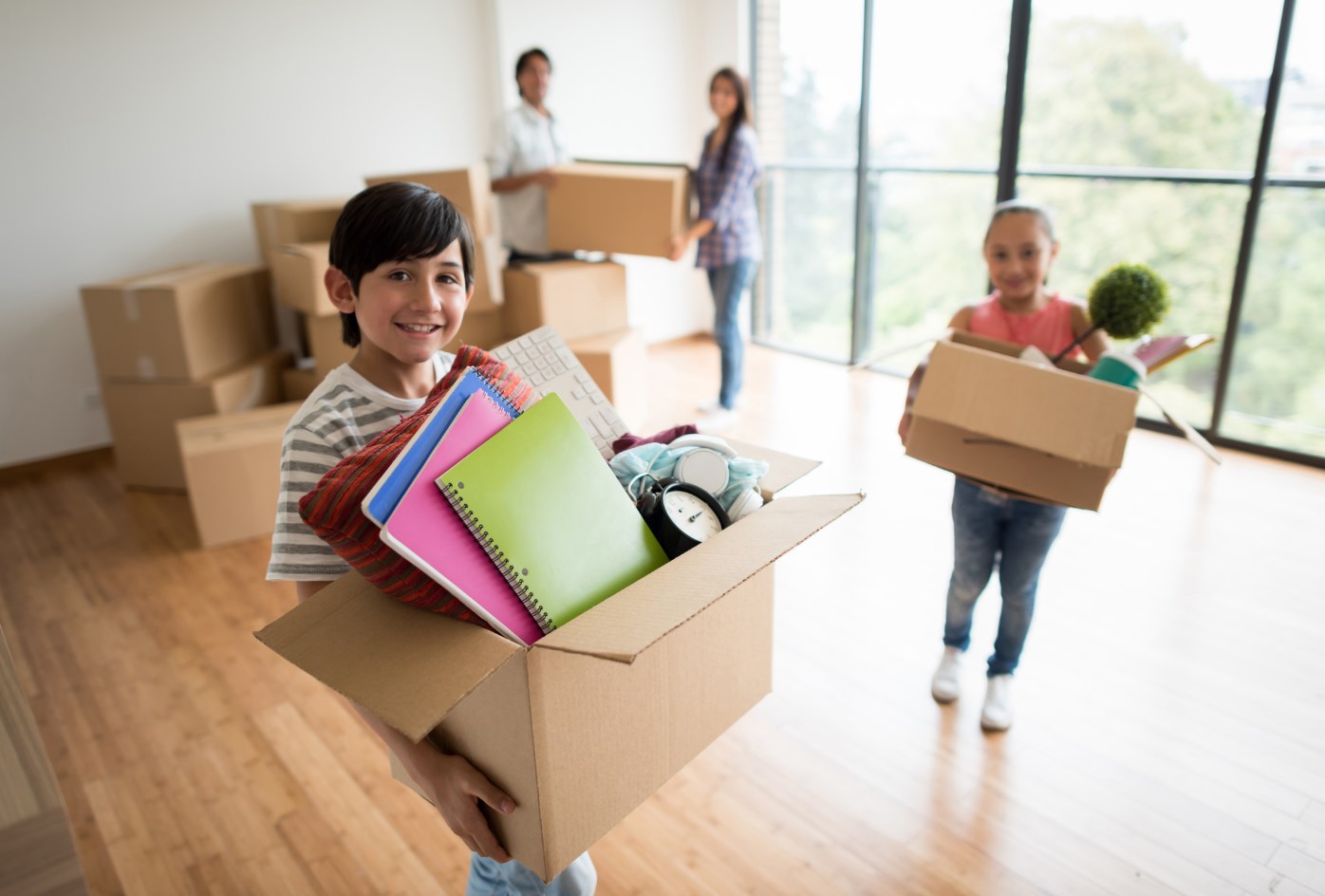Moving can be a daunting task for anyone, but it can be particularly challenging for children. Not only are they leaving behind friends and familiar surroundings, but they may also feel like they have no control over the situation. As a parent, it’s important to help your child through the moving process and make it as smooth and stress-free as possible. In this article, we’ll discuss 15 strategies to help make moving easier for your child.
Strategy 1. Acknowledge Your Child’s Feelings
Moving can be a significant change in a child’s life, and it’s essential to acknowledge that it can be difficult for them. Allow your child to express their feelings, whether it’s sadness, anxiety, or anger. Let them know that their emotions are valid and that you understand how they feel. Encourage them to talk about their feelings and let them know that you are there to support them.
Strategy 2. Involve Your Child in the Moving Process
Involving your child in the moving process can help them feel more in control of the situation. You can ask for their input on decisions like packing and organizing, and allow them to help with tasks like packing their toys and clothes. This way, they will feel like they have a role to play in the move.
Strategy 3. Communicate Clearly and Honestly
Be honest with your child about the move and what to expect. Explain the reason for the move and what the new home will be like. It’s also important to be clear about the timeline of the move and when it will happen. This way, your child will know what to expect and will be better prepared for the transition.
Strategy 4. Make a Plan
Create a plan for the move and share it with your child. This can include a timeline of events and what will happen on the moving day. Having a plan can help your child feel more in control of the situation and alleviate any anxiety they may have.
Strategy 5. Organize and Declutter
Moving is an excellent opportunity to declutter and get rid of things that are no longer needed. Involve your child in the process of organizing and decluttering their belongings. This can help them feel like they have control over their possessions and reduce any anxiety they may have about the move.
Strategy 6. Pack Together
Packing together can be a fun activity for you and your child. Allow them to help pack their belongings, and make it a game by seeing who can pack the most efficiently. This way, they will feel like they are part of the process and will have fun while doing it.
Strategy 7. Label Boxes with Your Child
Labeling boxes can be a tedious task, but it can be a fun activity to do with your child. Allow them to help label boxes with their belongings, and encourage them to decorate the boxes to make them more personal. This way, they will feel like they have a role in the move and will be more excited about unpacking their belongings in the new home.
Strategy 8. Keep a Routine
Maintaining a routine can provide a sense of stability and comfort for your child during the move. Try to keep a consistent schedule for meals, bedtime, and other activities, even if it means adjusting to a new time zone. This can help your child feel more at ease and reduce any stress they may feel during the transition.
Strategy 9. Take Breaks and Have Fun
Moving can be a stressful and tiring process, so it’s essential to take breaks and have fun. Plan activities that you and your child enjoy, such as going to the park, watching a movie, or having a game night. This way, you can break up the packing and moving tasks with fun activities, and your child will feel less overwhelmed by the process.
Strategy 10. Say Goodbye Properly
Saying goodbye to friends and family can be emotional, but it’s essential to do so properly. Help your child plan a farewell party or a special outing with their friends before the move. This can provide closure and help your child feel like they are leaving on a positive note.
Strategy 11. Prepare for the New Home
Before moving into the new home, prepare your child by showing them pictures or videos of the new house or apartment. This can help them feel more comfortable with the new surroundings and get excited about the move. You can also take a tour of the new neighborhood and explore nearby parks or attractions.
Strategy 12. Unpack Together
Unpacking can be just as fun as packing, especially if you do it together. Encourage your child to help unpack their belongings and decorate their new room. This can help them feel more at home in the new environment and take ownership of their space.
Strategy 13. Explore the New Neighborhood
Exploring the new neighborhood can be a great way to get your child excited about the move. Take a walk around the area, visit nearby shops or restaurants, and find new places to explore. This can help your child feel more connected to the new community and make new friends.
Strategy 14. Stay Connected with Old Friends
Moving doesn’t mean losing touch with old friends. Help your child stay connected with their friends through video calls, letters, or social media. This way, they can maintain their friendships and have a support system outside of the new home.
Strategy 15. Be Patient and Understanding
Moving can be a big adjustment for your child, and it’s important to be patient and understanding. Give your child time to adjust to the new surroundings and be there for them if they need to talk or express their feelings. With time and support, your child will adjust to the new home and start to enjoy their new surroundings.
Moving can be a challenging experience for children, but there are many strategies that parents can use to make the process easier. By acknowledging your child’s feelings, involving them in the moving process, and communicating clearly and honestly, you can help your child feel more in control of the situation. By maintaining routines, taking breaks, saying goodbye properly, and exploring the new neighborhood, you can make the move a more positive experience for your child. With patience and understanding, your child will adjust to the new home and thrive in the new surroundings.

